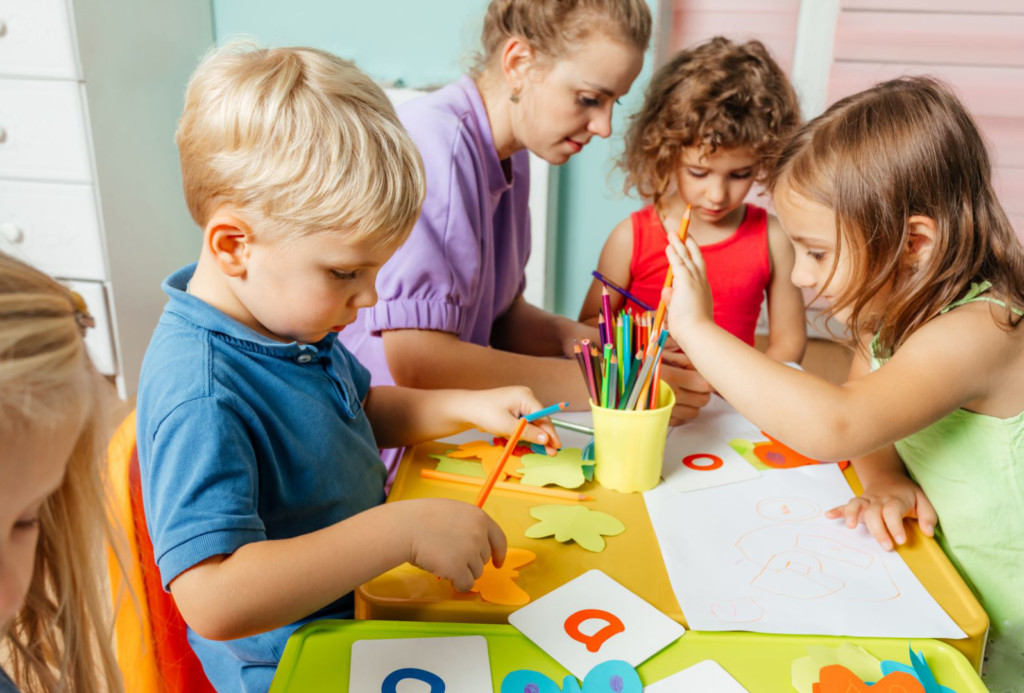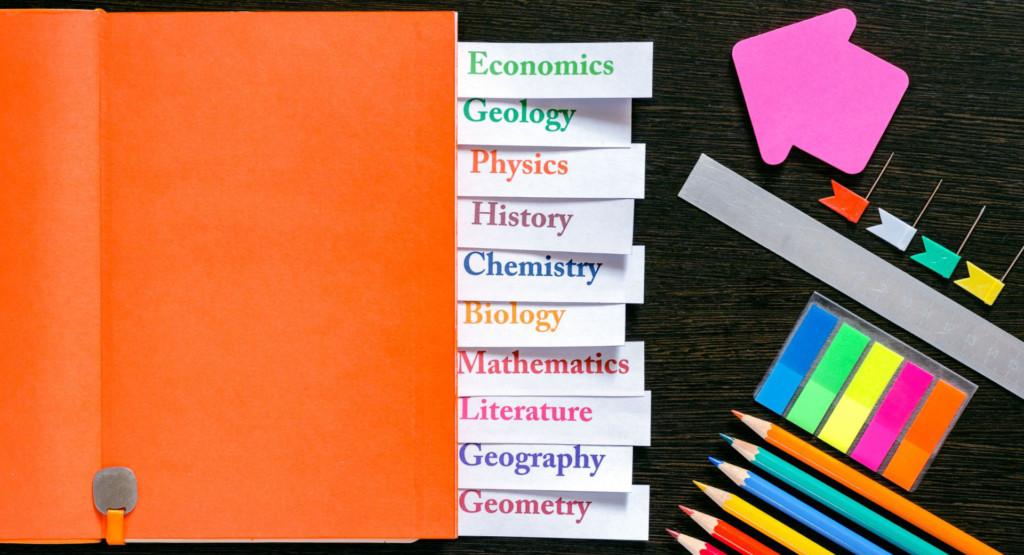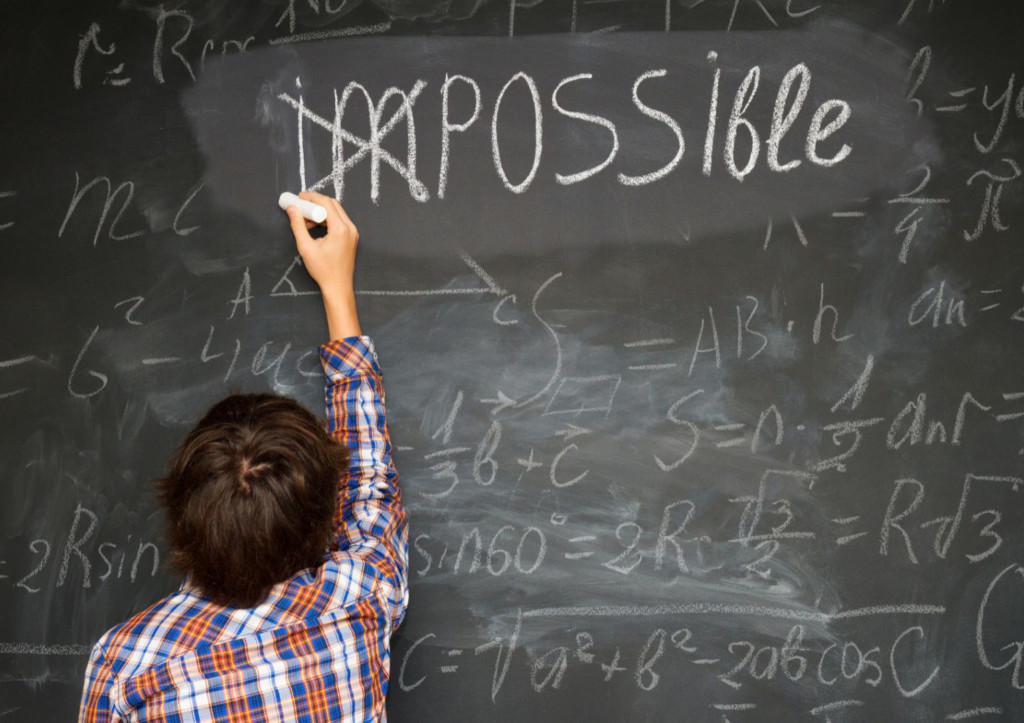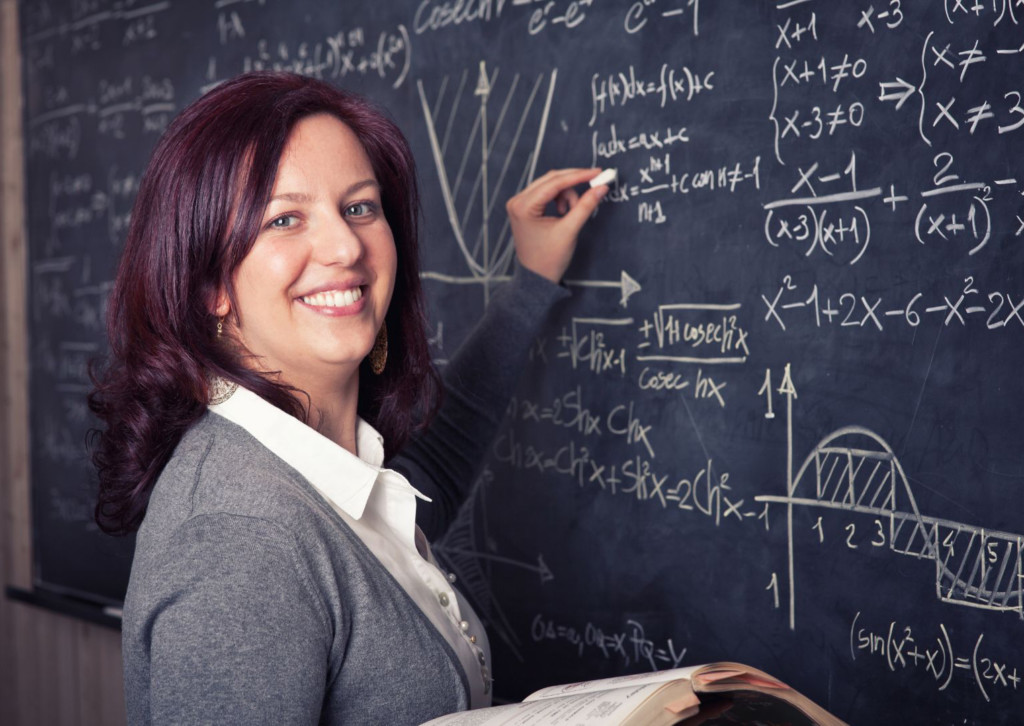Finland’s education system fascinates most people interested in the best approaches to learning. Our schools are known for high-quality teaching and inclusive learning environments and aim to offer each student the same opportunities to succeed, whatever their background.
In this article, I will explore some of the features that have set the Finnish education system apart and what is so cool about it that people worldwide want to study it.
Table of Contents
- Why is Finland’s education system considered one of the best in the world?
- How does Finland’s education system compare to other countries?
- How long is the school day in Finland?
- What is the typical school day like in Finland?
- Do Finnish students really have little to no homework?
- What is the role of standardized testing in Finnish education?
- How are students assessed in Finland’s education system?
- What subjects are taught in Finnish schools?
- What are the differences between Finnish and American education systems?
- How does Finland’s education system promote equity and equality?
- What is the role of teachers in Finland’s education system?
- Outcomes
Why is Finland’s education system considered one of the best in the world?
The idea that Finland’s education system outperforms many others in the world comes from excellent outcomes like success in the international PISA test.

In previous years, Finnish pupils and students have done remarkably well in these tests despite the lack of standardized testing in Finnish schools. At the same time, they enjoy more freedom and less homework than many of their counterparts.
What makes Finland’s education system successful?
This has been a subject of a lot of debate. Is the success because of well-trained and motivated teachers who are valued? Is it because of the national curriculum?
According to the World Economic Forum, Finland’s education system is the best in the world, at least partly because of
- No standardized testing
- Teacher training and requirements
- Making the basics a priority
- Starting age
You can dive deep into the topic as there are a number of books available and countless expert opinions you can explore. But these things are something most Finns can agree are good about the Finnish system.
What is the Finnish approach to early childhood education?
One of the things many Finns remember from their early school years and kindergarten is playing outside.
Serious school work starts relatively late in Finland, and early childhood education (ECEC) focuses on the right to play, learn, and participate.

Children usually start their first school year at the age 7. They then continue to attend comprehensive school between the ages 7-16 through classes 1-9.
All municipalities in Finland offer preschool education, which consists of at least 700 hours of learning skills in creativity, language, and other areas that will help at school. There are no specific subjects or tests but different competence areas. 4 hours of preschool education a day is provided for free at kindergartens for every 5- and 6-year-old.
Learning at this level differs greatly from countries where school starts at ages 4-5. For example, in the UK, 6-year-olds take part in national curriculum assessments, while Finnish children don’t generally take part in national tests during comprehensive school.
What is the Finnish approach to education in comprehensive school?
In Finland, all children must receive comprehensive education, and this consists of years 1 to 9 of comprehensive school.
Recent changes now require students to also attend school until they either complete their secondary education like upper secondary school or vocational training in a vocational college, or turn 18, which ever comes first.
The vast majority of schools in Finland, including around 80 private schools, follow the national core curriculum. Pupils attend a local school in their assigned catchment area, and “school shopping” is harder and less common than in some other countries.
The purpose of basic education is “to enable pupils to evolve into humane and ethically responsible members of society as well as to provide them with the knowledge and skills needed in life”, according to the ministry of education and culture. Comprehensive school covers a total of 20 subjects, and learning some languages is also compulsory.

How does Finland’s education system compare to other countries?
In general, the Finnish education system stands out because of
- Master’s level teacher training
- More chances to play and take breaks
- Shorter school days and less homework
- No fees, free meals and free books
- No standardized testing
There are also downsides. Since students learn in the same groups regardless of being talented in a subject, some find there are no opportunities to make fast progress. It is often possible to attend a weighted-curriculum education emphasizing languages, maths, music, or arts, for example.
The same goes for children requiring more time or attention to help them learn. In many cases where the child has special needs, they can get a personal assistant.
How long is the school day in Finland?
The maximum length of a Finnish school day is determined by grade. For 1st and 2nd grade, when the children are 7 and 8 years old, they can have a maximum of five hours of school a day. From there on, the maximum is 7 hours a day, with a little extra allowed if they attend a class that follows a weighted curriculum.
There are also guidelines for the minimum amount of teaching each student has the right to receive weekly.
Each lesson consists of around 45 minutes of teaching. There are breaks between learning, but they can have different lengths. 15-minutes between lessons is common, and the lunch break is at least 30 minutes long.
For your 15-minute break, you always head outdoors – unless it’s -15 degrees Celsius or colder. I have fond memories throughout the primary school of how fun the breaks were. Playing outdoor games or soccer until the bell rang.
What is the typical school day like in Finland?
A typical school day usually starts sometime between 8 am and 9 am. After some lessons and a few short breaks, a free lunch is served, usually between 11 and 12. Lunch breaks are usually long enough for the children to play outside after lunch.

Lessons continue into the afternoon before it’s time to go home. Cities provide after-school activities for young pupils.
If you live far away from your school, the school provides you with free bus or group taxi rides that take you closer to home.
Do Finnish students really have little to no homework?
Despite what you might have heard, Finnish pupils get homework.
It may be a little less than in some countries, with some studies citing an average of 30 minutes of homework a day. Since the days are relatively short, there is plenty of time to get it done before hobbies and play.
What is the role of standardized testing in Finnish education?
Finnish students usually take their first standardized test, the matriculation examination, at 18 and only if they attended an upper secondary school and in their chosen topics.
Together with subject-specific entrance examinations, the results from this examination are used to apply to study a University degree.
That doesn’t mean that pupils have no tests, though.
How are students assessed in Finland’s education system?
Since the schools follow the national core curriculum, students have regular tests and exams based on learning goals.
Students get grades on each subject they study based on their performance throughout the year from 4th grade onward. For the youngest pupils, the teacher usually writes notes on how they did at regular intervals.
At the end of year 9, students get a final grade for each subject they studied. These grades are used to apply to upper secondary schools and vocational training.

What subjects are taught in Finnish schools?
All pupils in Finland study
- Finnish or Swedish (mother tongue and literature)
- The other national language (Swedish or Finnish)
- At least one other foreign language
- Environmental studies
- Health education and physical education
- Religion or ethics, history, and social studies
- Mathematics, biology, chemistry, physics, and geography
- Music, visual arts, crafts, and home economics
What are the differences between Finnish and American education systems?
These differences are often mentioned about Finland:
- Finns start school at age 7
- Less homework and shorter school days
- Goal of testing is to see if the child needs help with learning, not comparisons
- No great differences between schools
- Schools are publicly funded and free to attend
- Schools follow the national core curriculum
- Books and free lunch provided
Some other differences that might be interesting include that teacher requirements in the US vary from state to state. In contrast, Finnish teachers need a specific Master’s degree and most people value the profession. Only 34% of US teachers feel the general public values their profession.
How does Finland’s education system promote equity and equality?
Finland’s education system is based on the idea that everyone should be able to have a basic level of skills and learning regardless of their background.
That’s why schools are publicly funded, and students get books, free school meals, and, in some cases, even devices they might need for their studies. Finnish schools don’t have school uniforms.

How do Finnish schools accommodate students with special needs?
There are guidelines for what the schools and cities need to provide to help children with special needs, but each case is assessed based on the circumstances. The aim is to provide support while the child attends normal classes. Different levels of support can be arranged depending on what the situation calls for.
Is education free in Finland?
Primary education is free in Finland. Higher education is also free, but students have to do well in the matriculation examination and often take an entrance examination to be accepted to study for a degree. Students from outside the EU have to pay fees for higher education programmes.
How are Finnish schools funded?
Finnish schools are publicly funded through the government, municipalities, and the European Union (mostly higher education).
What is the role of teachers in Finland’s education system?
Finnish teachers are valued professionals with Master’s degrees and meet the requirements to teach their subjects. The degree focuses on skills for independent problem-solving.
Teachers design the classes they teach according to the national core curriculum. Their role is to support and advance the development, learning, and skills of children and young people.
How much do Finnish teachers get paid?
The average salary of a teacher in Finland ranges from 3680 to 4090 € depending on what grades they teach. The number of years they have worked affects how much they are paid, and 10% make 2990 € or less a month.
Most teachers in Finland have long paid vacation times: 14 weeks annually.
Teacher training in Finland
There are two routes to becoming a teacher in Finland. You can start studying the subject matter at University and add pedagogical studies to become qualified to teach that specific subject or you can apply directly to study to become a subject teacher.

The same Master’s level education is required to become a classroom teacher for a comprehensive school. To teach at the preschool level, teachers must have a bachelor’s degree in educational science.
Outcomes
Finland’s education system became well known after success in the PISA surveys from 2000 onward. While the results have declined since then – some say partly due to challenges like digitalization which takes some time to adapt to – there are still many positive outcomes worth pointing out.
What is the dropout rate in Finland’s education system?
For comprehensive school, the number is below 1% compared to 25% in the US.
What is the literacy rate in Finland?
Finland’s literacy rate has been 100% for over 15-year-olds. Finland has also been ranked as the most literate nation in the world.
Do you have more questions about Finland’s education system? I will answer them in the comments!
Here are some other facts about Finland that you might find interesting:
Finnish Culture: Discovering Everything You Need to Know
50 Cool Things Finland is Known for
Moving to Finland: Living in the 20 Largest Cities
Ready to speak finnish?

Join my praised free class and speak Finnish words in 20 minutes!


Colleen
Saturday 15th of July 2023
Congratulations, Varpu! I'm excited for you, and I know your students will be lucky to have you as a teacher. It makes sense that the frequent and lengthy breaks outside would be conducive to learning - our brains need relaxation time in order to really absorb new information. Sadly, here in the U.S., our students don't get as many or as lengthy breaks, especially in areas where principals/administrators are afraid long breaks might give students time to start fights or misbehaving. I think our students' brains might be a little stressed out.
I'm a science teacher myself, having taught science in elementary school, middle school, and high school (biology), and I have a master's degree. I was wondering whether my degree would transfer over there. However, I am more interested in teaching younger kids these days, and I'm working on my multiple subject credential, as well as taking early childhood education (ECE) classes. Do you think the Finnish government would accept this kind of training from the U.S.? I would love to know your opinion!
Kiitos!
riku
Wednesday 12th of July 2023
I know several Finnish teachers and every one one of them were of good reputation and wanted the best for their students.Here in the United states,many states have looked at the Finnish school model,but I can bet the teachers union would not go along with it.